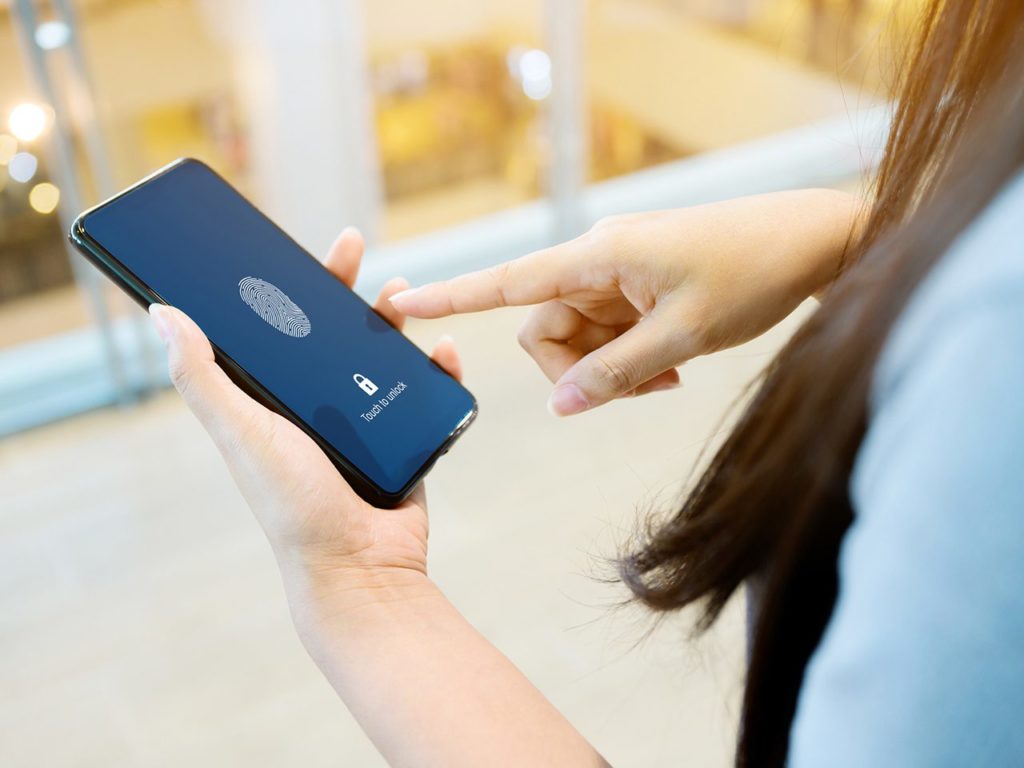A new article from global payments processing company DECTA describes the vast opportunities available in contactless payments, along with some of the security challenges which must be addressed.
European trends show growth of contactless payments
Driven in part by the COVID-19 pandemic, contactless payments have surged in popularity around the globe. In 2021, 48.6% of e-commerce payment value was delivered through mobile wallets. The frequency is even higher in Europe, where 60% of consumers use instant payments for online purchases, and 43% use them for in-store and P2P payments. More than 80% of European transactions were contactless. In Spain, digital wallets and bank transfers are predicted to overtake card use next year.
More than one in four payments in the United Kingdom in 2020, 27%, were contactless. That number will likely grow, given that 32% of UK adults were registered for mobile payments at the end of 2020. More than 70% already bank online, with 54% using mobile banking.
Other trends from across the world:
- More than 80% of American consumers paid with contactless methods in 2021, with many citing ease of use;
- Contactless transaction usage in India doubled from 2020 to 2021, while in Thailand, it quadrupled;
- Contactless transaction frequency in Brazil during the first half of 2020 surged by 456% compared to the same period one year earlier; close to half of credit card transactions will be contactless by the end of this year.
Ignore these trends at your peril, especially if you want to woo younger demographics. More than half of Generation Z and millennials can leave a store that doesn’t accept contactless payments. Sixty-plus percent of youth prefer mobile payments for online shopping, while more than half of those under 35 were using mobile payments, almost five times the rate of those over 65.
The industry must educate to combat contactless misconceptions
Contactless payment systems address some security issues but may create others. By eliminating physical cards, payment processors can erase 40% of fraud due to stolen cards. Some concerns are that increasing contactless limits will encourage theft and unplanned spending leading to debt.

While contactless payments offer security, companies, and consumers cannot take that as a given. Several popular options were shown to have flaws that hackers could unlock.
The industry must educate consumers about the security of mobile wallets, DECTA head of business development for the UK Pratik Chitre said.
Almost half of Americans believe attackers can access their sensitive information simply by possessing their phones. Payment service providers need to work hard to counter that belief, which leads 41% to carry cash or cards with them as a Plan B.
The many benefits of tokenization
Tokenization keeps information much more secure, Chitre said. The process sees sensitive information swapped with a token containing a randomized data string. It does not come with a deciphering method.
It is ideally suited to use cases vital in today’s digital economy, Chitre explained. While digital wallets store financial information, the primary account number is replaced with a token received by the issuing bank. That keeps details safe if the phone is lost or stolen.
Each retailer gets its own token, so there is little contagion in a breach.
“So one token is more or less redundant,” Chitre said.
Tokenization allows banks and retailers to provide a better experience for regular customers. E-commerce shoppers can store their preferences for future visits and enjoy “one-click” checkout. Scheduled recurring payments like subscriptions and irregular ones such as Uber fares that are merchant-initiated can also be facilitated through tokenization.
Reward programs can be personalized through tokenized information. Industries like hotels can tokenize sensitive customer information to facilitate easier check-ins through stored data and its availability to connect with NFC-enabled wearables. Guests can use their wearables to access restaurants, spas, and other hotel services.
With more and more retailers and institutions operating across borders, it’s essential to have solutions that can be easily implemented and quickly managed, Chitre said. DECTA offers a white-label payment gateway built on a single integration model instead of multiple integrations for multiple methods. Open banking initiatives allow participants to access more processors through back-end integrations.
“It’s a massive selling point for them customer merchants,” Chitre concluded. “You take a single integration, you got various payment methods through which payment can be made, so they can diversify their market to improve their revenue.”
The post Contactless payments article analyzes tokenization and other trends appeared first on News.